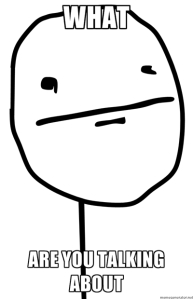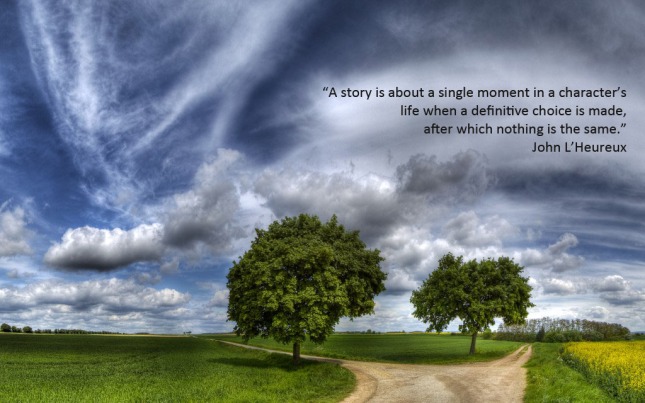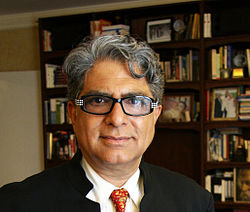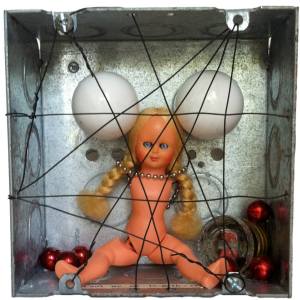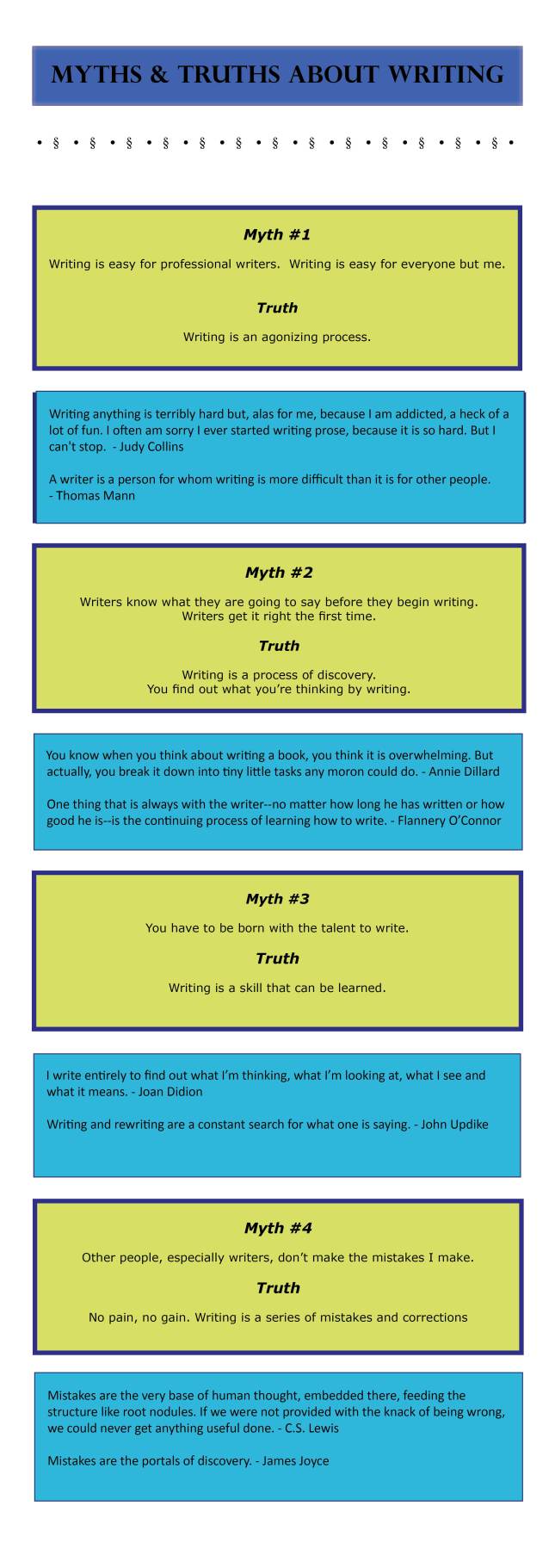 When many writers talk about writing, they focus on getting the machine started and keeping it running—that is, creating the right mindset and environment to allow flow to happen and actually get words on the page or screen.
When many writers talk about writing, they focus on getting the machine started and keeping it running—that is, creating the right mindset and environment to allow flow to happen and actually get words on the page or screen.
But what about knowing when to stop?
And I don’t mean stop, as in quit or give up on writing altogether. I mean, how do you know when to stop on any given day?
Comedy writer Ken Levine writes about this subject and tells us how he and other writers know when to stop. And the answer to this question is most definitely the different-strokes-for-different-folks kind.
For me, as I’ve written in the past, achieving flow is not a problem. I have a busy brain that mutates ideas fractal-style, so I’m never at a loss. (Generally, I have too many things to write about or two many ideas for a story in progress. It’s a good “problem” to have, so I’m not complaining.)
Because I have my fingers in a lot of different things right now, I’m not able to write every day, so I’ve blocked out two full days each week – Monday and Thursday. These days are devoted to writing and nothing else. I don’t let anything interfere. I close my browser windows and leave my cell phone in the other room.
But two days isn’t enough writing time for me, so my tendency is to want to just keep going and going and going when I’m finally able to get back with my characters. I love them, and I love the world we’re creating together. But the reality is, for me, that after so many hours, things start to feel stale.
For instance, yesterday I was working on the beginning of the second act of my screenplay, Miranda’s Garden. I’m working from an outline (I can do this with screenplays, but not so much with fiction.), so I always set a milepost for myself at the beginning of every writing day and decide how far down the outline I plan to work.
Yesterday, about two-thirds of the way there, I caught myself writing scenes that did nothing in terms of moving the story forward. I LOVE dialogue, so I can just sit and listen to my characters perform idle chit-chat endlessly, but if I’m going to sell scripts or get them made into films, or if I’m going to write novels that have a reasonable page count that anybody’s going to what to publish, I can’t do that. That said, though, I never feel the time spent writing unusable prose or dialogue is a waste, as it always gets me where I need to go.
So yesterday, when I found myself acting like a person who was just hanging out with her friends rather than a writer telling a story, I stopped long enough to think about what I needed to accomplish to not just move the story forward, but to deepen character development and the relationship between the characters in the scenes I was working on. I did this knowing that on Monday when I sit down to work on it again, I will, more than likely, need to revise that section. I prefer this, though, as it gets my head back in the story and back with the characters. Then I’m off, writing forward until I start to go stale again.
Another way I know it’s time to stop is by listening to my body. If I’ve sat in a chair tapping away at the keyboard long enough that my back, neck and shoulders ache, it’s time to quit. Sometimes, though, I just have to forego the pain a while longer so I can get to the place that feels right. So I can start in the right place the next time.
* * *
How do you know when it’s time to stop writing?

